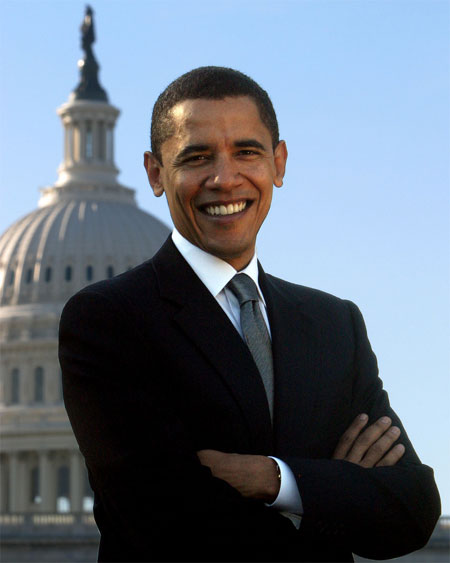During, Simon. “Debating Identity” In Cultural Studies: A Critical Introduction, Routledge: London, 2005, 145-152.

Who is he? I believe almost everyone can immediately recognise him as Barack Obama. What identities are associated with him? The 44th President of the United States of America? A Democrat? A man? Or, an African-American male? A father? In Simon’s During article ‘Debating identity’, he discusses the constitution and implication of identities, as well as the complexity of identity politics.
The first concept that caught my eye was that ‘identity is won at the price of reducing individuality’ (pg 145). When we try to identify inviduals with certain identities, they become part of a group and lose the sense of being a unique self. This is true when we identify Obama as a man – he falls under the category of humans with XY chromosomes; approximately half of the human population. However, the problem gets complicated when we try to identify Obama based on skin colour or race. He isn’t completely African-American, but having a African (Kenyan) father and a Caucasian mother makes him half-half. Besides, he has an extended family with a diverse cultural and racial background, which places Obama in a position that seems to transcend any racial boundaries.
Or does he? Here is an excerpt written up on Wikipedia that addresses Obama’s racial identity issue:
Obama’s family history, early life and upbringing, and Ivy League education differ markedly from those of African-American politicians who launched their careers in the 1960s through participation in the civil rights movement. Expressing puzzlement over questions about whether he is “black enough”, Obama told an August 2007 meeting of the National Association of Black Journalists that “we’re still locked in this notion that if you appeal to white folks then there must be something wrong.” Obama acknowledged his youthful image in an October 2007 campaign speech, saying: “I wouldn’t be here if, time and again, the torch had not been passed to a new generation.”
Indeed, while identity politics continue to play an important party in society, the current globalised world places a higher emphasis on individuals being a member of the Earth more than what cultural and social background one relates to. Obama’s diverse background (or at least there is an impression that he has one) seems to indicate his acceptance of identities that are placed as being underprivileged or marginalised, giving him an international appeal and rated as the current most popular world leader.
While it appears that one’s identities are embedded within, but identities can be also attributed by the media as well. I remember early in the US presidential campaign to this current day, Barack Obama has always been portrayed as the first 100% African-American US president. I am unsure whether this is related to identity politics or not, but I think the media has a defining power in shaping one’s identities.
Winnie Ho (z3292568)
T15A